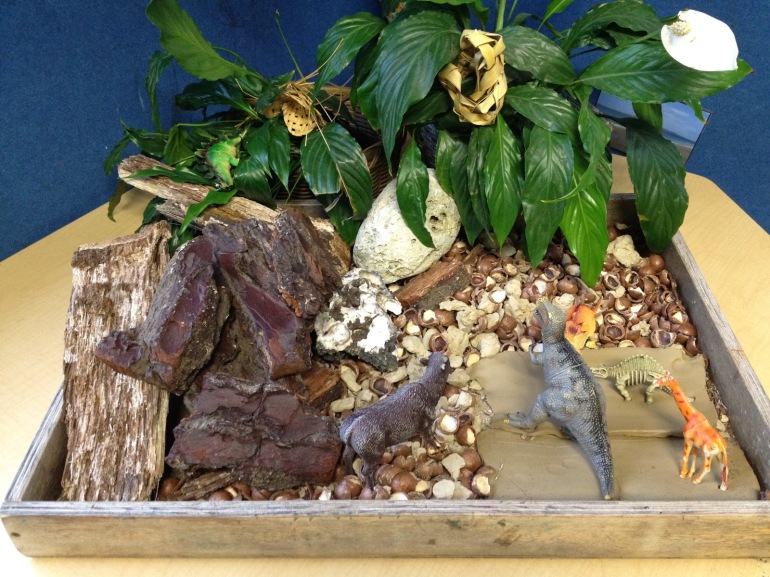News And Events

Provocation
5 May 2021Provocations are deliberate and thoughtful decisions made by Kaiako to extend the interests of children. Provocations in early childhood education are derived from the Reggio Emilia philosophy although are incorporated in a wide range of services to support children’s exploration of their own interests.
Provocations, by nature, provoke thoughts, ideas and actions. They are often designed for children to practice, test, construct and deconstruct their ideas and theories. For example, a child might have an interest in dinosaurs. Kaiako might set up a play space that is an outdoor “prehistoric” landscape using cardboard, small rocks/stones, and tree branches with a variety of toy dinosaurs nestled into the landscape. Beside this landscape might be a couple of books on dinosaurs in their prehistoric habitat. This provocation invites the child to explore their interest of dinosaurs, and although the scene has been set, the child still decides how their exploration might evolve.
Using dinosaurs as the interest, another provocation might be to set up an art space with recyclable or news paper, cardboard, glue and paint. In the middle of the table are a few dinosaurs; this provocation would invite the child to make their own dinosaur.
Provocations are different to open-ended play spaces because Kaiako are suggesting what the play might involve, but children can still think independently and decide how the materials will be used and how the play will evolve with their interests being extended.
Here are some ideas that you might use to support a child’s interest using provocation:
- Set a “scene” in the play space that includes the children’s interests
- Use a variety of materials that are interesting and stimulating
- Use a range of media such as art, craft, and printed material (books or posters)
- Support the provocation with trips outside of the home to explore (for example a visit to the library or a nature walk)
- Listen to the children as they engage in the play and see how their interests may be extending
- Use inquiry questions such as “tell me about . . . “ or “what do you notice here . . .”
- Don’t forget to document the exploration and revisit this to see how the children’s interests are developing over time.


